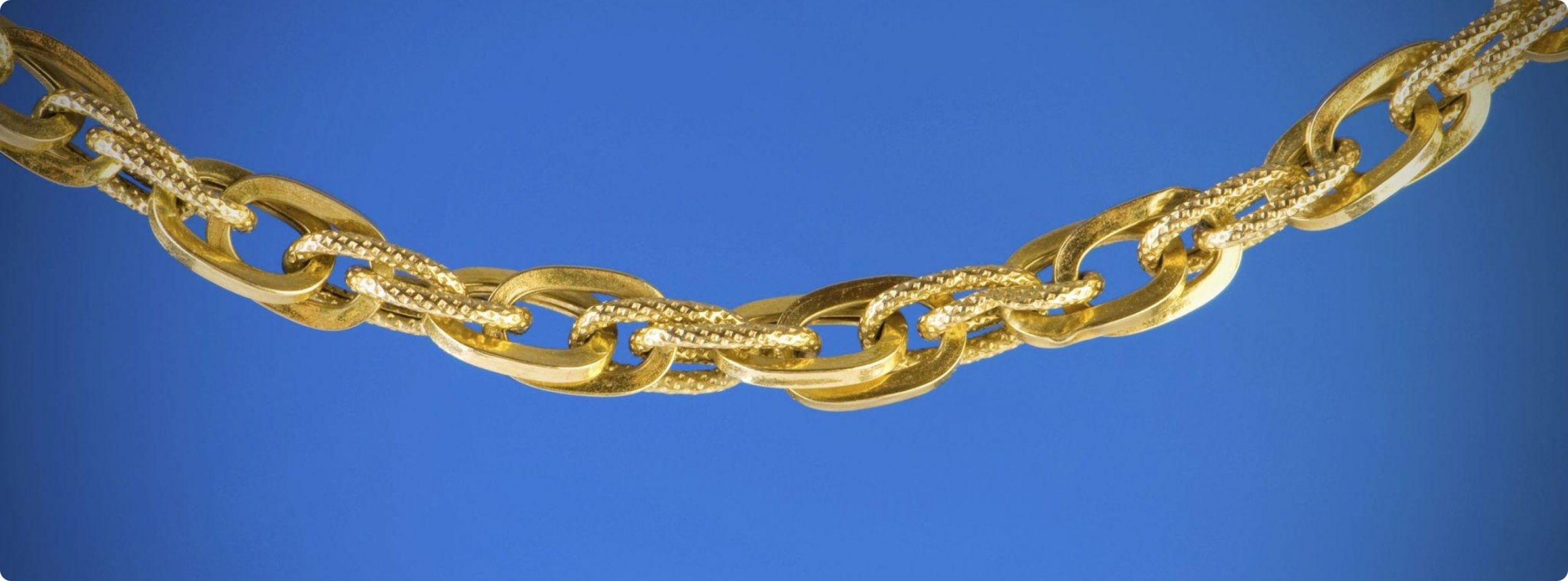A Decade of Golden Gains: Analyzing the Growth of Gold Price in India over the Last 7 Years

5min read

With each passing year, gold has woven a captivating tale within India’s economic fabric, leaving investors, traders, and seekers of wealth preservation spellbound. Over the past seven years, gold investors in India have reaped substantial rewards, witnessing commendable growth in their portfolios. This upward trajectory can be attributed to a potent combination of rallying international prices and a depreciating rupee, which have propelled gold prices and delivered attractive annualized returns to investors. Explore with us the mystifying rise of gold price in India as we embark on a fascinating expedition.
From 2011 to 2017, the gold price in India exhibited minimal fluctuation and remained relatively stable over a period of approximately six years. However, a notable shift occurred thereafter, with some marginal traction observed. The true gains, however, materialized in 2020 and 2021, catalyzed by the unprecedented outbreak of Covid-19 infections.
As a safe haven asset, gold emerged as a shelter for investors amidst the uncertainty, prompting a remarkable rally in international prices. In India, the price of 24-karat gold soared to a peak near the Rs 54,000 mark, signaling a significant upsurge. Subsequently, a slight decline ensued, marking a noteworthy chapter in the evolving landscape of gold prices.
Gold Price Growth in India
The Rise of Gold Prices
The journey began in 2016 when gold price in India were relatively stable, hovering around INR 28,000 per 10 grams. However, as we step into 2017, a surge in global geopolitical uncertainties, including Brexit and trade wars, sparked a growing demand for safe-haven assets. Gold, being a traditional safe haven, experienced a substantial increase in prices, reaching an all-time high of INR 39,000 per 10 grams by the end of the year.
The Demonetization Effect
Another significant event that impacted the gold rate in India was the demonetization move in November 2016. The sudden withdrawal of high-value currency notes led to a surge in gold demand as individuals sought to convert their cash into tangible assets. Consequently, the gold rate witnessed a short-term spike, further adding to the upward trajectory.
Government Policies and Regulations
The Indian government plays a pivotal role in shaping the gold rate through its policies and regulations. In 2017, introducing the Goods and Services Tax (GST) on gold resulted in increased taxes and import duties, leading to a temporary slowdown in gold demand. Similarly, import restrictions and duty hikes in subsequent years had a significant impact on the overall price movement.
Global Economic Factors
Gold prices are closely tied to global economic conditions. Fluctuations in major currencies, such as the US dollar, and geopolitical events, like trade disputes and political tensions, influence the demand for gold as a safe haven. During the COVID-19 pandemic in 2020, for instance, gold prices reached record high as investors sought shelter from volatile financial markets.
Summing Up
The growth of gold prices in India over the past seven years has been influenced by a multitude of factors, ranging from global economic conditions to government policies and consumer demand.
Fluctuations in major currencies, economic crises, and geopolitical events have prompted investors to seek the stability offered by gold, leading to upward movements in prices. Policies such as taxation, import duties, and restrictions on gold imports implemented by the Indian government have also played a crucial role in tailoring price dynamics.
Additionally, consumer demand driven by cultural and festive traditions has fueled surges in prices during specific periods. To make informed decisions about gold as an investment option, it is crucial for investors and individuals to remain mindful of these complex dynamics and their potential impact on prices.







